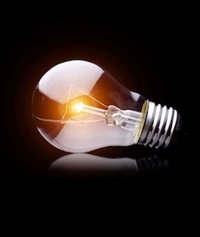Each patent application must include a "specification" that teaches a person having ordinary skill in the art how to implement the claimed subject matter without undue experimentation, in the best manner known to the inventor(s) on the filing date of that patent application.
Simply stated, the specification typically includes a textual description portion, and frequently several drawing figures, that together communicate how to make and how to use the claimed subject matter. This communication should be directed at someone who understands the basic concepts and jargon of the technology, but who is not necessarily an innovator or creative thinker.
A highly skilled patent attorney will rely on the inventor's input, assistance, and verification to assure that:
- each word used in the claims appears in the description;
- the meaning of each claim phrase is thoughtfully defined;
- each significant aspect of the claimed subject matter is described thoroughly, both structurally and functionally;
- any known alternatives of those components also are described thoroughly; and
- important claimed subject matter is described via helpful examples.
Claims in what are considered to be unpredictable technology areas, such as chemistry, biology, and some cutting-edge areas of physics, typically are supported by experimental data that appears in the description section and that evidences at least limited operability of the claimed subject matter. Also, typically provided is an explanation of the practical utility of such subject matter.
According to U.S. law, the specification must also include a Title, a Brief Description of the Figures, and an Abstract of the Disclosure.
Contrary to the traditional approach of many patent attorneys and agents, U.S. law does not require a "Field of the Invention", "Background", or "Summary" section, any mention of an "invention", or comparisons of the claimed subject matter to the "prior art", such as discussions of any perceived "advantages" of the claimed subject matter. Moreover, opposing litigators have been known to use such writings and/or other written statements made during prosecution to destroy the resulting patent (i.e., convince a court to issue a judgment that the claims are not infringed or are invalid).
